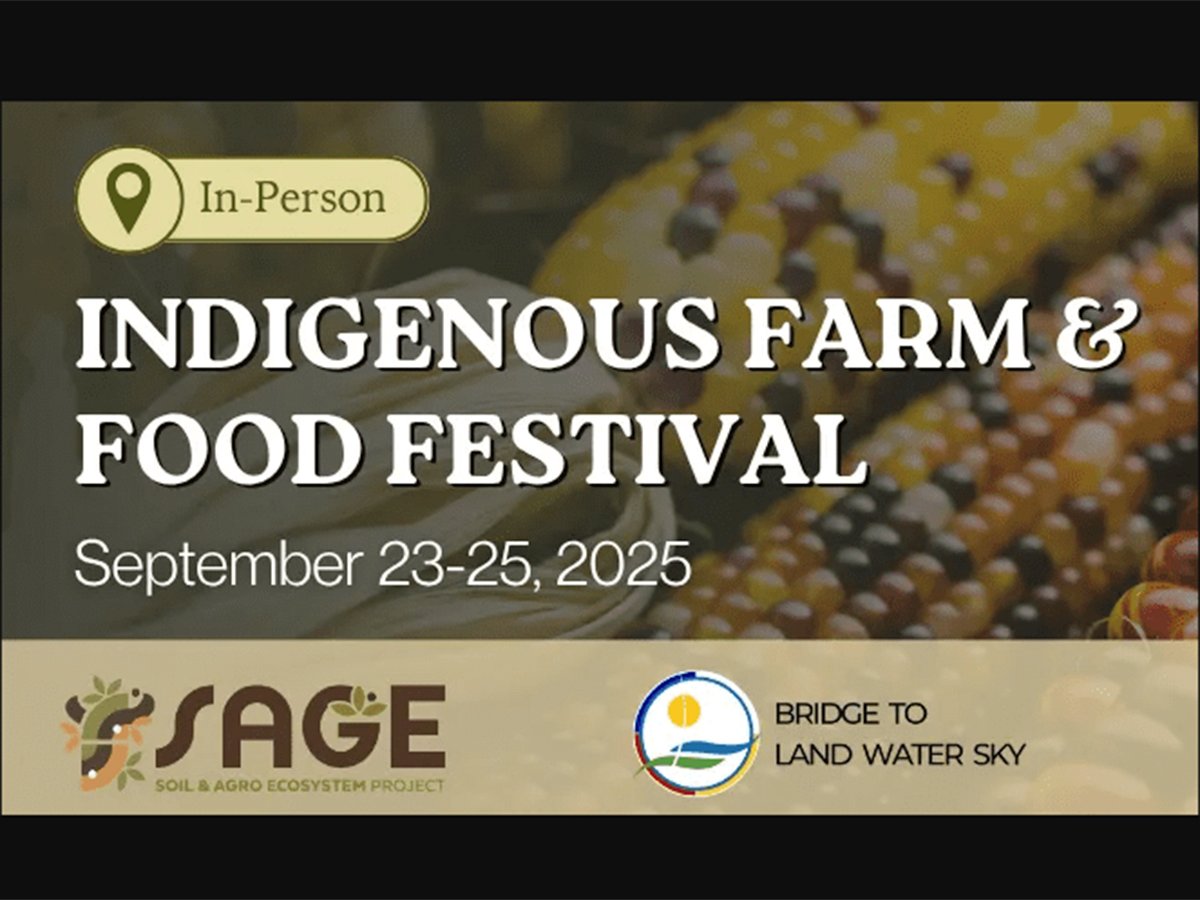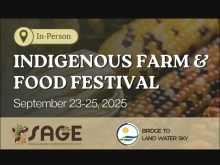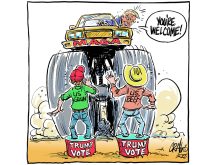UNITED States senators Tom Harkin and Conrad Burns found their glass house a convenient place from which to throw stones last week when they commented on the American ban of Canadian cattle and beef.
Said Harkin: “Canada has to have a better identification system.”
Said Burns: “At this time, when there’s so little science known on BSE, (an easing of the Canadian beef and cattle ban is) completely out of the question.”
We hasten to point out that Canada has a national identification system for its beef cattle, and for much of its other domestic livestock species. The U.S. does not.
Read Also

Finding the sweet spot where ag science meets ag culture
Soon, many will look at practices such as seeding marginal acres to forage, growing cover crops and livestock integration and ask why they didn’t do this sooner.
Further, it was the strength of the Canadian inspection process that discovered the problem in the first place. Given the integrated cattle market shared by the two countries, the U.S. may be a glass house indeed.
Canada’s scientific investigation of its single case of bovine spongiform encephalopathy has been internationally recognized as professional, thorough and adequate in its conclusions. The U.S. agriculture secretary was among the international figures who acknowledged the safety of Canadian beef. The largest cattle organization in the U.S., the National Cattlemen’s Beef Association, has acknowledged it too and has called for an open border.
Yet the border remains closed as we enter the third month of cattle industry damage. As federal and provincial agriculture ministers agreed, it is time to implement new measures to further ensure food safety, regardless of how well such implementation will suit the plans of our southern neighbours.
In recent editions we’ve reported on Canadian reluctance to make changes that would put this country’s cattle and beef industry regulations out of step with those in the U.S.
It has suited the North American cattle industry to rationalize.
But perhaps it suits no longer.
Swift steps regarding removal of risk materials and the beefing up of inspection and testing could give us a near peerless system that should meet the standards of any other country in the world. If the U.S. is reluctant to raise its industry standards to our level, there’s little we can do about it.
Canada could continue to allow U.S. cattle and beef imports, as long as the importing country continues to be deemed BSE-free.
By implementing higher standards for our beef industry, consumer confidence in Canadian beef will be reinforced and the Canadian beef industry can resume trade with other countries. The U.S. will have difficulty continuing its political posturing if that happens and may start work to improve its own regulations and safeguards.
The integrated structure of the North American cattle industry that once allowed us complacency has been shattered. It is time to stop casting stones.














